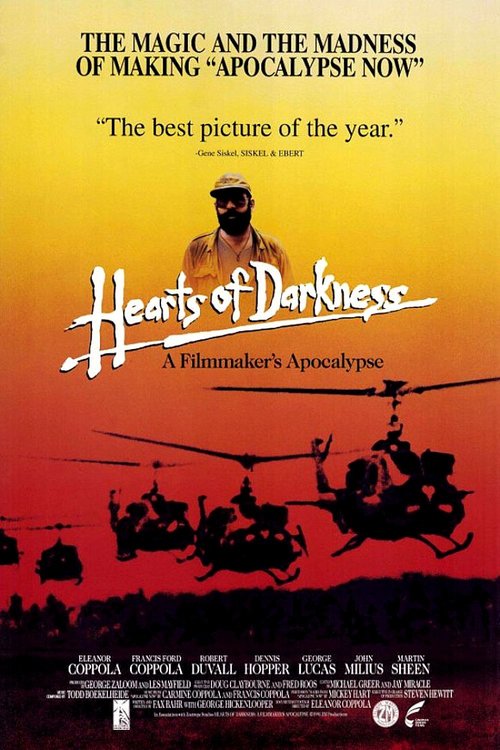
A Chronology and an updated Selected Bibliography. Seven contemporary responses to the novella along with eighteen essays in criticism13ten of them new to the Fifth Edition, including an entirely new subsection on film adaptations of Heart of Darkness. Background and source materials on colonialism and the Congo, nineteenth-century attitudes toward race, Conrad in the Congo, and Conrad on art and literature. 20Textual History and Editing Principles21 provides an overview of the textual controversies and ambiguities perpetually surrounding Heart of Darkness. Norton Critical Edition, edited by Robert Kimbrough. Joseph Conrad, Heart of Darkness, Norton Critical Edition, Third. Works Cited All quotations from Heart of Darkness are taken from Joseph Conrad, Heart of Darkness. Knapp, Western Connecticut State University This Norton Critical Edition includes: - A newly edited text based on the first English book edition (1902), the last version to which Conrad is known to have actively contributed. , Conrad : The Critical Heritage ( London and Boston : Rout. Therefore, both Conrad’s Novella and Achebe’s Essay have their flaws and strengths.Download Link : - 20This is the best Norton Critical Edition yet! All my students have become intensely interested in reading Conrad13largely because of this excellent work.21 13Elise F. This critique is contextualized by making references to aspects of Western negativities and backwardness within the novel or around 1902 and aspects of African beauty and backwardness within the novel or around 1902 also.


Nevertheless, Conrad’s book is also seen as hastily pandering to the erroneous zeitgeist of the time it was written (given that some African culture had beauty in them) and Achebe’s response is seen as a bit severe and non-diversified (giving that not much of Africa had western civilization at the time of the appearance of Conrad’s novel and not all of African culture had beauty in them). In our view, Conrad’s book is seen as a work which brings out the beauty of the African natural settings and the evil behavior of intruding Europeans searching for ivory. The researchers analyze the lecture, bringing out its strengths and weaknesses and making an independent synthetic view of it. This caused controversy, right from the venue of the lecture, where some western professors refused to support Achebe’s views. In the Chancellor's Lecture at Amherst on 18 February 1975, titled An Image of Africa: Racism in Conrad's "Heart of Darkness", Chinua Achebe saw Joseph Conrad as “a thoroughgoing racist”, Achebe asserts that Conrad's famous novel (published in 1902) dehumanizes Africans, rendering Africa as “a metaphysical battlefield devoid of all recognizable humanity, into which the wandering European enters at his peril”.


 0 kommentar(er)
0 kommentar(er)
